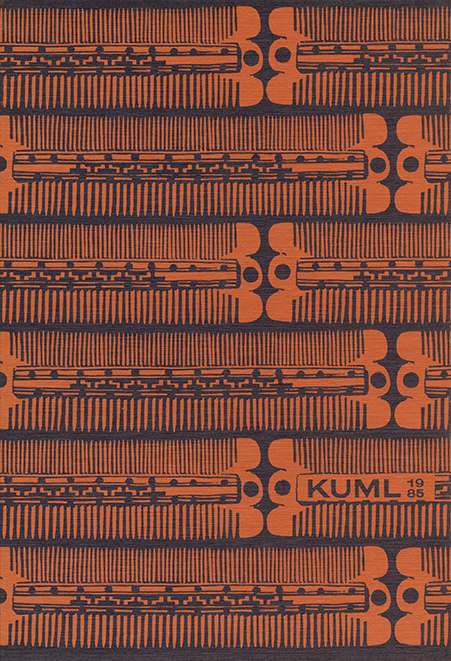A pit-house from Darum. A contribution to the study of pottery development through the 6th Century AD
DOI:
https://doi.org/10.7146/kuml.v33i33.109702Keywords:
Pit-house, darum, pottery development, 6th centuryAbstract
A pit-house from Darum
A contribution to the study of pottery development through the 6th Century AD
In the summer of 1985, aerial reconnaissance revealed an Iron Age settlement at Darum, northwest of Ribe. In the corn, marks of at least 10 pit-houses, some post-built houses and a few fences could be seen (fig. 1). The most westerly of the pithouses was excavated in November 1985.
At floor level, the house was 3.1 m long and 2.3 m wide (fig. 2 and 3). The roof has been carried by a post in each of the two gable-ends. Two posts on the southern side and one on the northern have also been part of the construction.
The house contained two bronze fibulas (fig. 4 and 6) from the 6th Century. There was also a decorated bronze pin (fig. 7). Among other finds were a kind of whetstone (fig. 8) and about 30 loom weights (fig. 9).
Pottery makes up the largest group of finds: 679 potsherds and 2 small, entire vessels (fig. 10 and 11). This is probably the largest integral pottery find that may be placed in the 6th Century. The fibulas supplied the dating.
The pottery from Darum contains both elements that link it to the early Germanic Iron Age and a number of features pointing to the succeeding period. In fig. 12, the most characteristic of these elements are illustrated. Based on the Darum find and with support in a number of other finds, a tentative dating of these elements is given. The well-dated pottery material from Darum is important for the study of continuity in the pottery development of the late Iron Age.
Stig Jensen
Downloads
Published
How to Cite
Issue
Section
License
Fra og med årgang 2022 er artikler udgivet i Kuml med en licens fra Creative Commons (CC BY-NC-SA 4.0).
Alle tidligere årgange af tidsskriftet er ikke udgivet med en licens fra Creative Commons.


